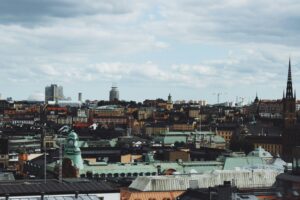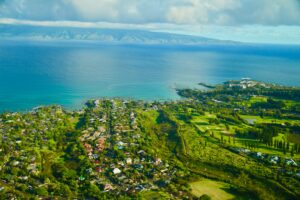Coronavirus Disease 2019 (COVID-19), a viral disease caused by the virus SARS-CoV-2, has arrived and is spreading in Hawai’i. In an attempt to “flatten the curve,” we have closed schools and many workplaces, while the entire state shelters at home. As a result, the economy is contracting fast. While sufficiently flattening the curve is the most critical concern, what happens next? What is the exit strategy from current shutdowns and social distancing? We contemplate two alternative strategies and discuss how Hawai’i’s unique characteristics may factor into the State’s decision.



